All researchers of the essence of the state and state power within a democratic society, to one degree or another, are studying the principle of a system of checks and balances, designed to protect both the country and citizens from the monopoly of any branch. The power of the state only then can effectively solve pressing problems when all branches of government - executive, legislative and judicial - are not dependent on each other. None of them can occupy a dominant position, otherwise the principle of equilibrium will be violated.
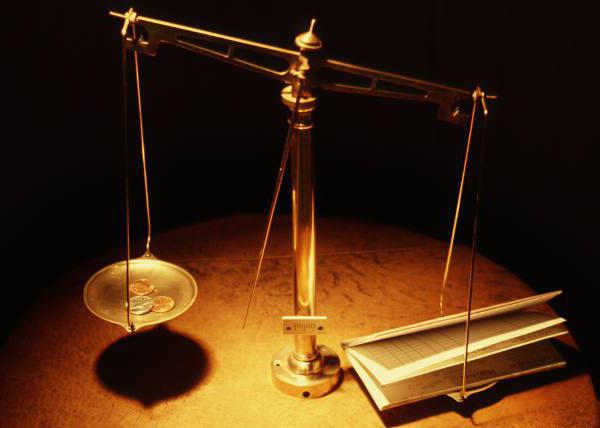
All democracies adhere to this system, although this may not be reflected in constitutions.
Watch an interesting video on the topic:The basic principles of the system
The system of checks and balances means that in order to ensure and protect the interests of citizens all three branches of government at the same time they depend on each other and control each other's activities. The basis of any democratic state is the separation of powers executed not only on paper, but also in practice. The system of checks and balances is designed to provide precisely this postulate.
The state is called upon to solve pressing issues and tasks of society, to ensure security, as well as the material and spiritual development of every citizen. For this, the authorities must be effective, and this is impossible if the managers are given unlimited power and authority.
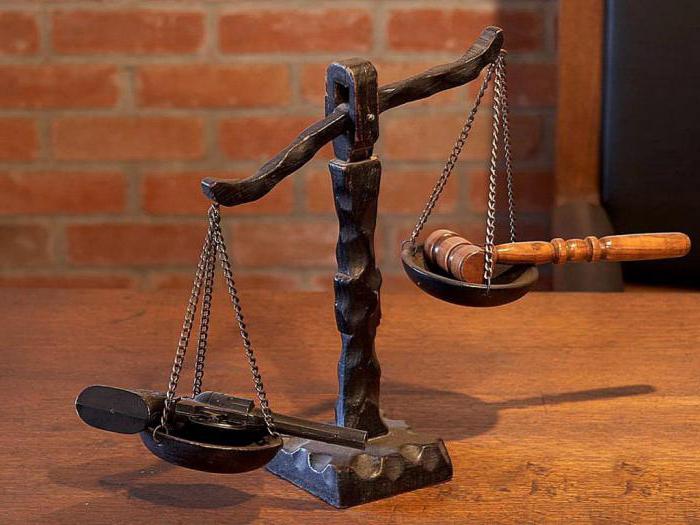
A balanced system of checks and balances is prescribed in the Constitution of the country, as well as in its laws and legislative acts that govern the rights and obligations of each of the branches of government. The President and the Constitutional Court also play a significant role in this system, as they are authorized to veto deliberately ineffective and illegal laws and initiatives.
Origin
The system of checks and balances was first theoretically justified by the British philosopher John Locke in the second half of the XVII century. The term came into use thanks to its contemporary - the French writer and philosopher Charles-Louis de Montesquieu, who introduced this term a little later, at the beginning of the XVIII century. However, some signs of the separation of powers existed in the VI-IV centuries BC, when in the Persian Empire of the Achaemenids, the military leaders did not have any administrative power, and the troops did not obey the rulers.
Partially the principles of checks were used in the last periods of the Roman state. The idea of separation of legislative and executive power was formed in the work of the medieval thinker Marsilius of Padua, who wrote about the need to separate one branch from another in order to create impossible conditions for usurping all power in the state of one of them.
The idea of separation of legislative and executive power was formed in the work of the medieval thinker Marsilius of Padua, who wrote about the need to separate one branch from another in order to create impossible conditions for usurping all power in the state of one of them.
Features
The main characteristic feature is the complete distribution of the functions of the state, each of which is defined for a separate branch of government. A system of checks and balances suggests that legislative authorities adopt laws and take initiatives, the executive branch enforces these laws, and the judiciary exercises control over the implementation of laws and punishes them for possible violations.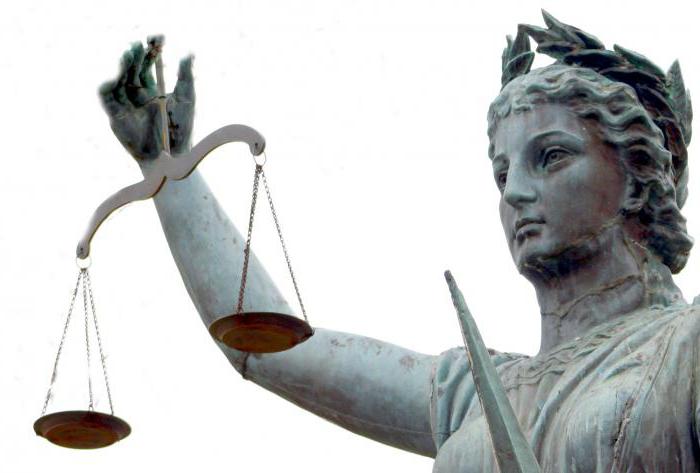 In short, we can say that the prevention of a situation in which any of the authorities or individuals will be able to concentrate all power in their hands is the basic principle of separation of powers. A system of checks and balances should address this issue.
In short, we can say that the prevention of a situation in which any of the authorities or individuals will be able to concentrate all power in their hands is the basic principle of separation of powers. A system of checks and balances should address this issue.
Modern presentation of the system of checks and balances
Almost all modern states with a democratic system are examples of the effective use of the system of checks and balances in the process of organizing the activities of the legislative, executive and judicial branches of government.
Additional stability to the principle of separation of powers is given by competition and rivalry of various political parties. The constant rivalry for votes and the regularity of elections to the authorities leads to the fact that no party can guarantee itself an eternal majority in parliament.
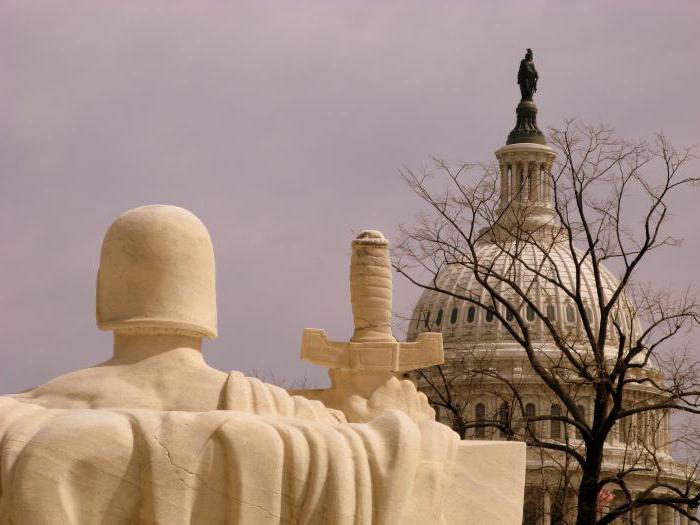
In the process of the development of states, their structure became more and more complex and multifaceted. Gradually, a clear line between the three branches of government began to blur. Some functions can be on one or the other branch.
Modern political scientists believe that influential political institutions, public political organizations parties and the media are also part of checks and balances. In their opinion, these bodies also allow you to control the powers of a single branch of government.
disadvantages
The creators of the theory of the system of checks and balances considered it a kind of universal formula that would prevent usurpation of power by any one branch. This was true in the era of empires and monarchist dynasties, but in the XX century the previously non-existent international and intergovernmental organizations came into play, which are also vested with power in relation to its members - states.
The classical system of checks and balances no longer fully reflects all the political realities of the modern world. Change is needed, and modern political scientists and philosophers are working to bring practice and theory into line with each other.
Separation of branches of power and democracy
Modern democracies declare their commitment to the principles of the theory of separation of powers. However, some countries prone to an authoritarian or even totalitarian nature of government demonstrate this principle exclusively on paper. In reality, many powers in such countries are concentrated in the hands of one person, and the judicial, executive and legislative authorities only play an external role of independence from each other.
System Development in the USA and the Russian Federation
The system of checks and balances in the USA is very developed. In this country, the principle of separation of branches of power has been worked out to the smallest detail. Initially, even the principles of formation of each of them are radically different in order to further separate them from each other. The term of activity of the elected members of each of the branches of government is also different - the change occurs gradually, and not in one year. Different service periods, as well as fundamentally different schemes for the formation of state branches of power, do not allow usurpation. And together they control the actions and the powers of the president which can be removed from office as part of the impeachment procedure.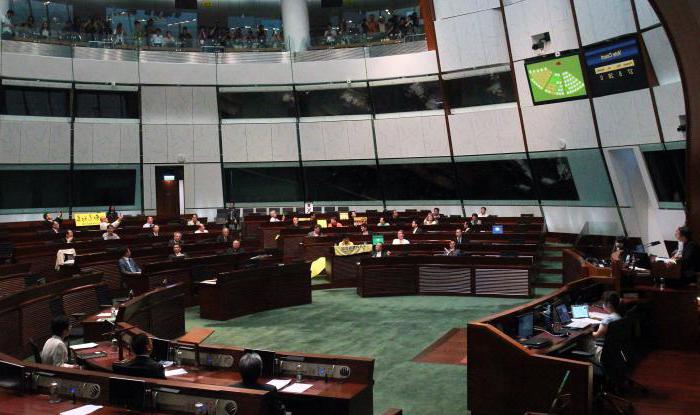 With some amendments, we can say that there is a system of checks and balances in the Russian Federation. The formation of the principles of separation of powers in Russia began very recently - after the collapse of the Soviet Union. AT as soon as possible new authorities were created, taking into account the principle of checks and balances. The legislative branch is represented by the bicameral Council of the Federation, the executive branch by the Government, the judicial branch by the Constitutional, Supreme and Supreme Arbitration Courts.
With some amendments, we can say that there is a system of checks and balances in the Russian Federation. The formation of the principles of separation of powers in Russia began very recently - after the collapse of the Soviet Union. AT as soon as possible new authorities were created, taking into account the principle of checks and balances. The legislative branch is represented by the bicameral Council of the Federation, the executive branch by the Government, the judicial branch by the Constitutional, Supreme and Supreme Arbitration Courts.
Prospects
The system of checks and balances became one of the main in the process of the birth of democracies, which, undoubtedly, changed the world and the political map. But nothing remains eternal, everything undergoes many changes, sometimes even invisible at first glance. Political scientists see that although the principle of separation remains dominant, there are still significant differences from what was planned by philosophers several centuries ago.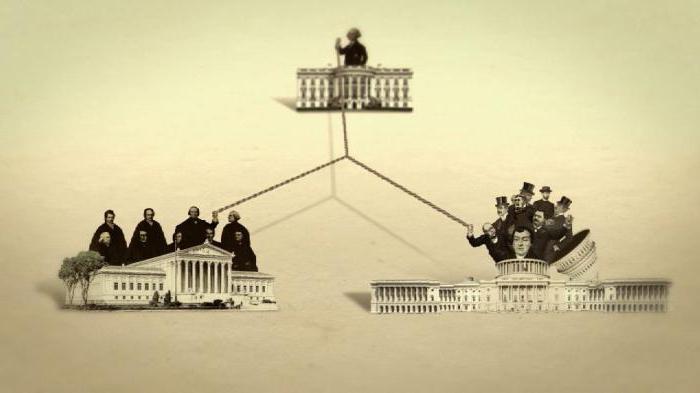 The principle itself, most likely, will not go anywhere, but significant changes will be made in the course of development of political systems. In history, states have been created more than once on the principle of the supremacy of one branch or one person, and so far, unfortunately, there are practically no positive examples among them. Even taking into account the existing shortcomings and gaps in the system of checks and balances, there are no better options.
The principle itself, most likely, will not go anywhere, but significant changes will be made in the course of development of political systems. In history, states have been created more than once on the principle of the supremacy of one branch or one person, and so far, unfortunately, there are practically no positive examples among them. Even taking into account the existing shortcomings and gaps in the system of checks and balances, there are no better options.
